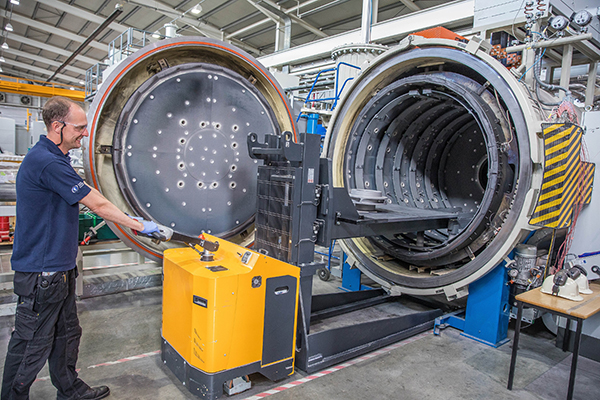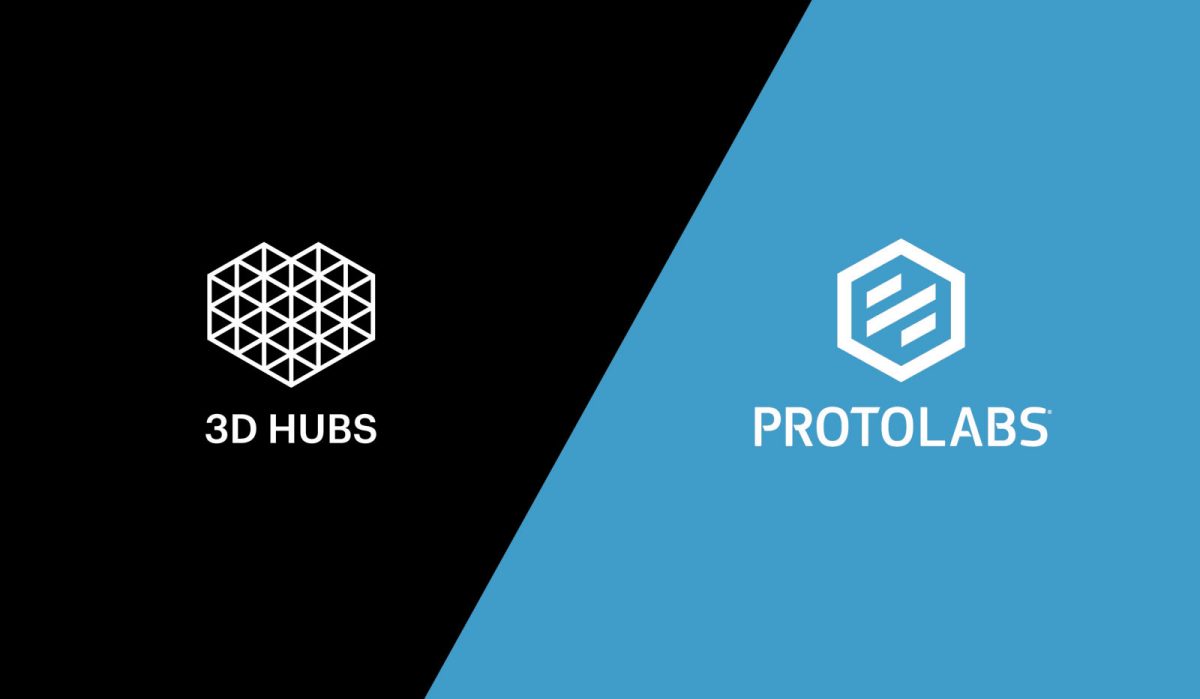
The latest innovation from Tornos to support its sliding-head lathe customers is the pneumatic unloading system for the Swiss DT26 machine series. This new system avoids damage to any particularly intricate or fragile workpiece features.
For long workpieces with delicate features such as a fragile thread, the standard long-part system on Swiss DT and Swiss GT sliding-head machines may not provide the careful part handling required by the end user. For such types of workpieces, with a diameter up to 24 mm and a maximum length of 260 mm, Tornos now has a solution that enables delicate part removal.
Mounted on the tooling block for back machining, the system does not impair the possibility of using T510 and T520 tools. Ejection is via pneumatic operation, by using clamping jaws adapted to the respective workpiece type and material, ensuring there is no potential for part damage. 3D printing can facilitate jaw manufacturing, allowing complete customisation to the component form.
As a point of note, the system is equipped with sensors to monitor machine movements and provide optimum protection of the device. Furthermore, the design is such that it avoids interference with the machine’s counter-spindle.
With the addition of this system it is possible to keep a machine up to date and in conformance with customer component requirements, while employing only minor modifications. Tornos says that the retrofitting of existing machines is straightforward.
For further information
www.tornos.com























